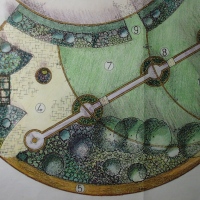One Billion Hungry: Can We Feed the World?
 A recent Montpellier Panel Briefing Paper, Innovation for Sustainable Intensification in Africa, highlights the need for change in the way we innovate and do research if we are to increase food production while protecting natural resources (in other words sustainable intensification). Added to this need for change is the increasing focus of donors and civil society to measure success as the level of impact. International aid has come under criticism for failing to ensure long-term impact of research investments.
A recent Montpellier Panel Briefing Paper, Innovation for Sustainable Intensification in Africa, highlights the need for change in the way we innovate and do research if we are to increase food production while protecting natural resources (in other words sustainable intensification). Added to this need for change is the increasing focus of donors and civil society to measure success as the level of impact. International aid has come under criticism for failing to ensure long-term impact of research investments.
In a new report by Joanna Kane-Potaka of the International Crops Research Institute for the Semi-Arid Tropics (ICRISAT) entitled The Story Behind the Success, 10 case studies are presented, which exemplify how research for development (R4D) can be translated into real results and uptake by people on the ground. Some broad lessons from the case studies were the need for monitoring and evaluation to feed back into the uptake…
View original post 702 more words






























































